Mi sheng in Chinese, a container, used to measure rice to make both ends meet for a family, dating back to the past distant years, which also acted as a measure reflecting fairness and integrity in rice transactions on market. The measurement with a full sheng means plebeian prosperity whereas a deficient sheng, crop failure, thus the utensil Mi sheng, made a significant difference.
As history is always keen to replace the old with the new, Mi sheng has gradually grown outdated, out of sight in ordinary life, thankfully, still retaining a symbol in memory of its prevalence in the Hakka’s enclosed dwellings in Ganzhou.
Mishengwei, the smallest Hakka square enclosure nationwide, covering merely 500 km2, has nowadays been converted into Ganna Hakka Culture Museum(Ganna, namely southern Jiangxi), showcasing a diversified range of old articles specific to Hakka history, like worn oil lamps, plaques, embroidery, farming tools, artistically-carved furniture and others.
Each and every collection in this museum displays deep-seated historical and cultural heritage of Hakka, all of which are curated under the sponsorship of the head, Mr. Huang.


The museum, as of now, has housed 1,000-strong cultural relics, including Guan Yin Hall, coins tracing back to the Warring States Period of ancient China, antique pottery and porcelain, Hakka embroidery and ritual collections. In a bid to protect these cultural relics, curator Huang Guangming, has dedicated efforts and savings of all his life to launching the Ganna Hakka Culture Museum, following his detailed collecting, maintenance and preservation of tons of ancient objects from countless holders in some remote corners as far as mountainous villages.
